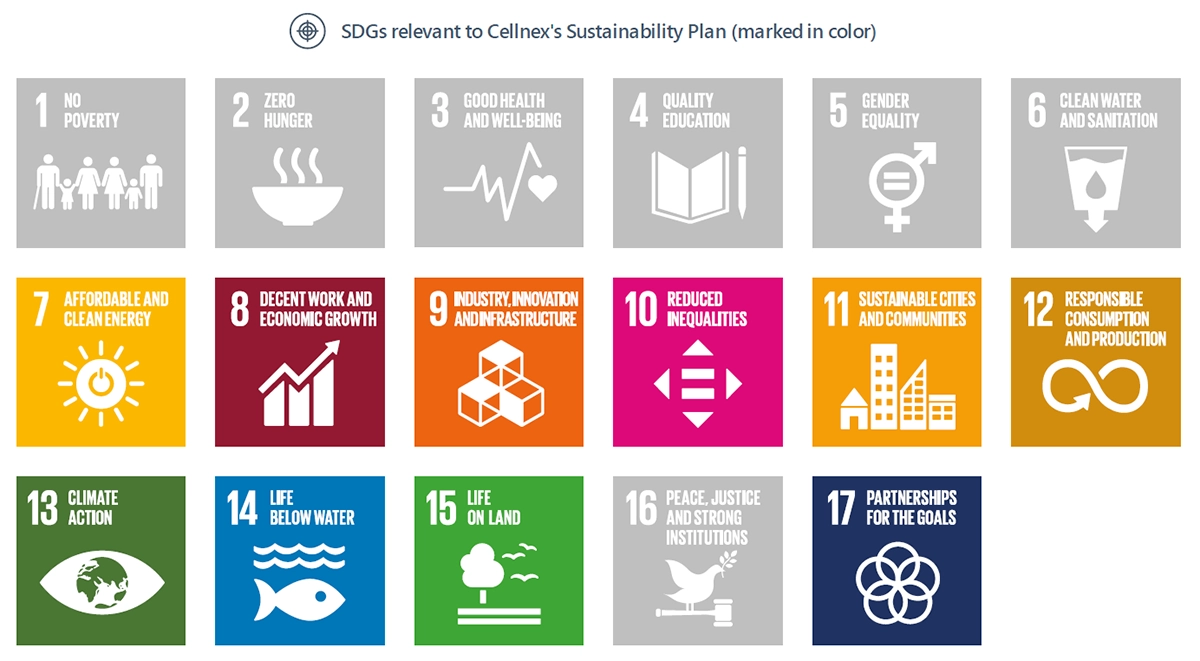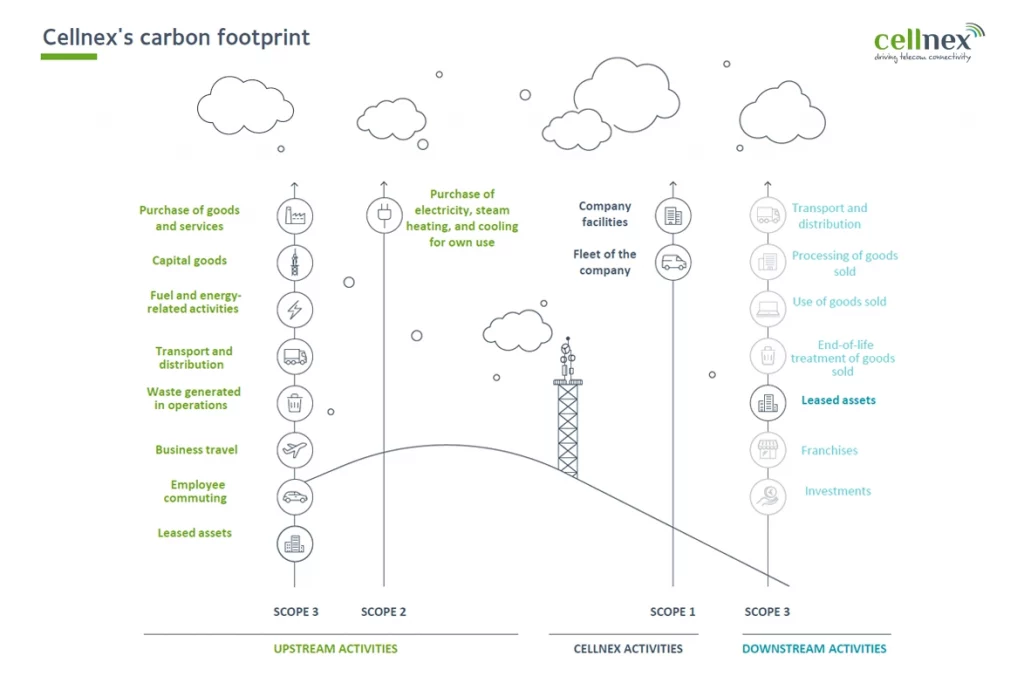Trends
Trends
JUN
10
2022
Global
Publication of the second Environment and Climate Change report
At the recent General Shareholders’ Meeting, Cellnex chairman Bertrand Kan dedicated part of his opening speech to the “Creation of value and responsible management”, showing the company’s unequivocal commitment to sustainability and social values.
Today, responsible management committed to the great objectives of energy transition and decarbonisation of economies is just as relevant as financial reporting in terms of value creation, business strategy and shareholder returns.
Since its IPO in 2015, Cellnex has made a firm commitment to the environment, signing up to the United Nations 2030 Agenda and its Sustainable Development Goals (SDGs).
Since then, the company’s actions have been acknowledged through its inclusion in the key sustainability indices on the financial markets (Dow Jones Sustainability, CDP, Sustainalytics, FTSE4Good, MSCI or Vigeo) that recognise the environmental actions of listed companies, and has moved up the rankings alongside its sectoral rivals.
In its desire not only to imbue its businesses with that sustainability and long-term vision, but also to be accountable to society and its shareholders, the communications services manager has unveiled its second Environment and Climate Change annual report in which it makes an in-depth analysis of the activity in the twelve countries in which it operates to take stock of its achievements and set future goals.
“This is a long-distance race. Our ultimate goal, if we want to be carbon neutral by 2050, requires a series of steps and an order. We are organising the way forward by establishing the steps and are constantly reviewing how far we have come to make sure that our progress is unquestionable. The report presents a complete x-ray of how far we have come and how we have achieved it”, explained Josep Lluis Guiu, head of the Sustainability department at Cellnex Telecom, in an interview.
The report, endorsed by Deloitte, uses standardised calculations to measure the activity footprint and shows significant progress on this path towards addressing climate change, promoting the circular economy, protecting biodiversity and strengthening the ambition to become an emissions-neutral company.
With 92 percent of the annual objectives met, the group has already achieved more than half of all the measures set out in its Strategic Sustainability Plan (2019-2023) that addresses ten of the 17 SDGs.
On the key medium-term goal of reducing overall greenhouse gas emissions by 50 percent by 2030 and by 100 percent by 2050, we achieved a 13 percent reduction by the end of 2021 based on the Science Based Target (SBT).
“The most important milestone in 2021 was joining the SBT, with three objectives comfortably achieved, based on very demanding criteria, and validated by an international body that tests the mandatory objectives to make sure they have been complied with”, explains Josep Lluís.
In addition to reducing greenhouse gases, Cellnex has also set the objectives, under the SBT criteria, of increasing the supply of renewable electricity to 100 percent in 2025 (having risen from 10 percent in 2020 to 40.5 percent in 2021 ) and reducing absolute scope 3 emissions (goods and services and capital goods) by 21% by 2025 (down 7.6 percent in 2021).
“Joining SBT opens up a new universe since it acts as a lever for establishing a sustainable financing framework,” explains Yolanda Romero, the group’s sustainability project manager. Compliance with SBT’s environmental metrics allows access to cheaper financing through green bonds and loans that take into account advances in efforts to combat climate change.
Having fully integrated environmental management into its corporate bodies (Appointments and Sustainability Committee and ESG Executive Committee), in its report the group sets out its progress in matters that go far beyond measuring its footprint, carbon management or emissions reductions.
The report covers measures ranging from the impact of its actions on ten of the 17 SDGs on which its environmental policies act, to energy consumption or renewable self-generation smart platforms, to mobility plans within the company, as well as setting out the measures it has taken to promote the circular economy in its activity or preserve biodiversity and natural areas.
“For the current year, the main goal is to approve the Net Zero strategy to achieve the commitments of the Paris Agreement to halve emissions by 2030 and achieve climate neutrality by 2050”, says Josep Lluís.
All of this takes place in a context of strong growth (purchase operations in eight countries in 2021) while placing sustainability at the heart of the expansion strategy and sharing its environmental conviction through educational initiatives on climate emergency, circular economy or “smart green planet” in this transition that requires everyone to be on board.


















